16 Simple, Effective, and Natural Poison Ivy Remedies
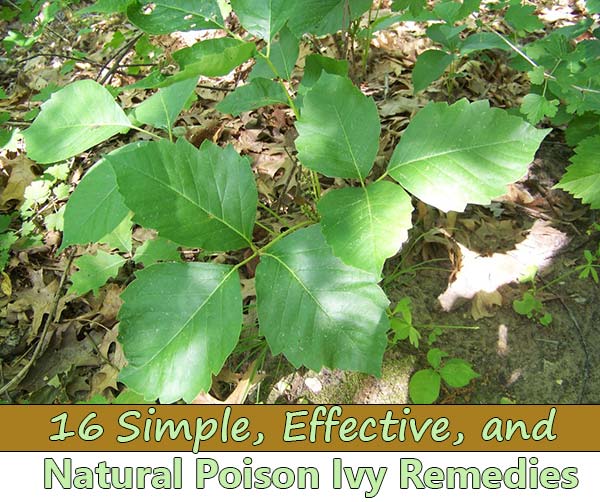
If you’re an avid camper or an outdoor junkie, chances are you’ve had a few bouts with some nasty poison ivy—it’s just a fact of life. It can be an unexpected setback, but a bit of poison ivy rash can be taken care of in a multitude of ways.
Whether you have the many ingredients at home available, or you are caught with a rash out in the wild, this list of soothing measures can serve you and relieve pain, itchiness, blisters, and inflammation. Be it on the trail or in your backyard, try out these effective, natural, and easy cures and soothers for poison ivy.
1. Cucumber
If you’ve rubbed up against some poison ivy, there are a few things to look for at camp to ease the rash. Cucumber is one such item, as it will cool and soothe the area. Simply get your hands on a cucumber, slice, and apply to the rash. Alternatively, you can mash up the slices and apply as a paste.
2. Banana Peel
Banana peels have many uses for the skin, be it for soothing burns or preventing acne. Poison ivy rash can also be helped by a banana peel’s skin-cooling qualities. Simply rub the inside of the peel on the affected area.
3. Watermelon Rind
Another natural cooling agent is a watermelon rind. As this is also a great camp snack, make sure to pack some for your next trip.
4. Apple Cider Vinegar
DIYers in the know already have a plethora of uses for apple cider vinegar, and poison ivy rashes are another item to add to the list. The medicinal qualities of apple cider vinegar help to remove the toxins and poison from the skin’s pores. Simply wet a cloth, cotton swap, or paper bag with some apple cider vinegar and apply to the rash. Repeat application as needed.
Apple cider vinegar has been touted by homesteaders as a wonderful remedy for many ailments, from curing hiccups to helping you lose weight. Cooks love it too, as it provides a wonderful kick to salad dressings, coleslaws, and mayonnaises. want to read more on apple cider vinegar then check out this article called Health Benefits of Apple Cider Vinegar
5. Warm/Cold Coffee
If you have some of the morning’s coffee lying around, use a bit and apply to the poison ivy rash. This treatment is simple and will reduce inflammation to the area. It’s also another method of naturally drawing out extra moisture and toxins in the affected area.
6. Baking Soda
Another handy, at-home substance for many occasions is baking soda. Even extreme poison ivy rashes can be soothed with a baking soda mixture, and this treatment is especially recommended when blisters appear. Mix 2 to 3 teaspoons of baking soda with 1 teaspoon of water and mix to make a paste. Apply to the affected area and allow this mixture to dry and fall off.
7. Turmeric
Yes, you probably have heard all the wonderful benefits of turmeric for cell growth and heart health, but did you know that it’s also a great go-to for poison ivy rashes? The antiinflammatory and anti-bacterial effects of turmeric will relieve and soothe poison ivy rashes. Just make a simple paste by mixing some turmeric root and rubbing alcohol or lemon juice. Then apply the paste to the area of the rash.
8. Tea Bags
If you have some tea bags back at camp, simply soak the bag in some water and apply to the problematic area. Most teas contain tannic acid and this has an astringent property which relieves itches and inflammation.
9. Oatmeal Bath
A tried and true remedy for rashes and itches of many kinds, an oatmeal bath can also be an effective treatment for poison ivy. Simply cook up a thick but small batch of oatmeal and, once cool enough, apply directly to the itchy area. For a full-on bath, grind down the oats so that it can be easily distributed in the water. Then, fill a thin cloth with the ground oats and let the water run through the bag from the faucet or let a few bags steep in your bath before you hop in. Soak and enjoy.
10. Epsom Salts
A natural healing solution, epsom salts are great when it comes to drying out and soothing itchy skin and rashes. Simply find some at your local health store and add the crystals to a warm bath. epson salt also has many uses for your garden if this is something you would like to read more on try this article called How to Use Epsom Salt in Your Garden
11. Aloe Vera
Another known rash and burn soother, aloe vera is a great treatment for poison ivy. Simply buy some gel at your local health store or better yet, invest in your very own aloe plant from which you can pick leaves and enjoy the fresh source of aloe which oozes out. Apply directly to the rash for optimal anti-inflammatory and antibacterial action.
12. Rubbing Alcohol
If you are returning back to camp from a hike and notice a bit of poison ivy rash starting to form, grab some rubbing alcohol to prevent the spread of the rash. It’s always a good idea to take a small vial of rubbing alcohol with you on a hike, as it can be a handy item for cuts and wounds as well. The powerful effect of rubbing alcohol on poison ivy rashes is a general soothing and slowing down of the discomfort. If you are looking for other uses for rubbing alchol why you have a bottle at hand you will want to check out one of our other articles called 40 Amazing Uses for Rubbing Alcohol
13. Witch Hazel
This treatment is another common one to have around the house. Simply dab a little witch hazel onto the rash, and enjoy the benefits of itch-relief and cleansing.
14. Lemon Juice
Another great disinfectant is lemon oil. Simply grab a lemon and squeeze out a little juice directly onto the rash. The juice is effective in cutting through to the toxins and removing them from your pores. After you have used the lemon juice why not chekck out one of my other articles called 10 + Ways To Use Leftover Lemon Peels
15. Water
If you’re on the trail and notice a rash coming on, find yourself a stream or pond and run some water over the affected area. While this won’t necessarily be powerful enough to remove the toxins from your skin, it will likely stop the spread and minimize the severity as well as draw out excess moisture in the skin.
16. Cold Compress
One of the worst effects of poison ivy is the itch that accompanies the rash. If you or one of your children has an irresistible itch, keep the danger of infection and deeper wounds at bay by applying a cold compress to the area. This will blunt the itch as well as take care of any inflammation which has occurred.
 Home and Gardening Ideas At home and Gardening ideas we believe inspiring readers about homesteading, self sufficiency
Home and Gardening Ideas At home and Gardening ideas we believe inspiring readers about homesteading, self sufficiency

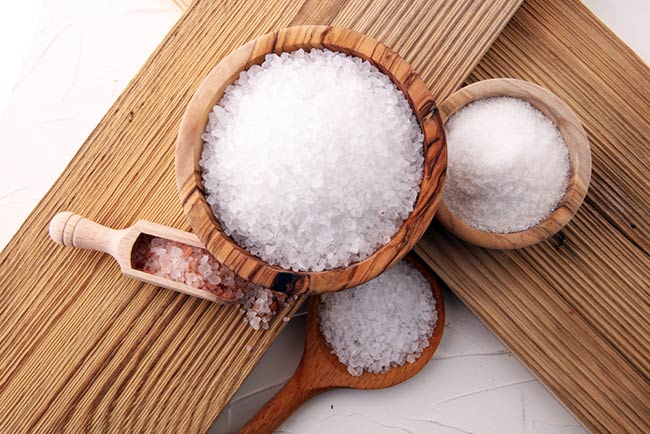
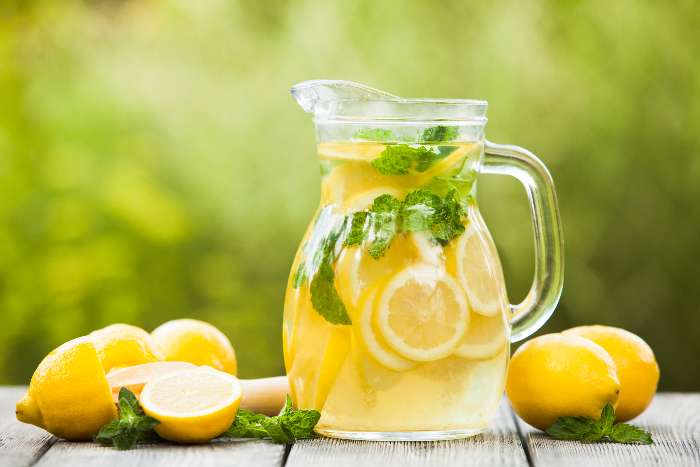

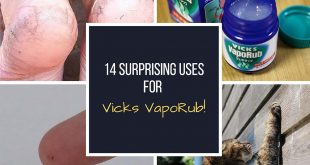
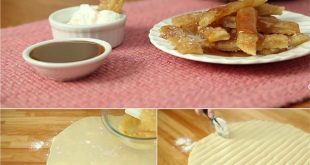



So many good posts i read here, i think you can make homeandgardeningideas.com go viral easily.